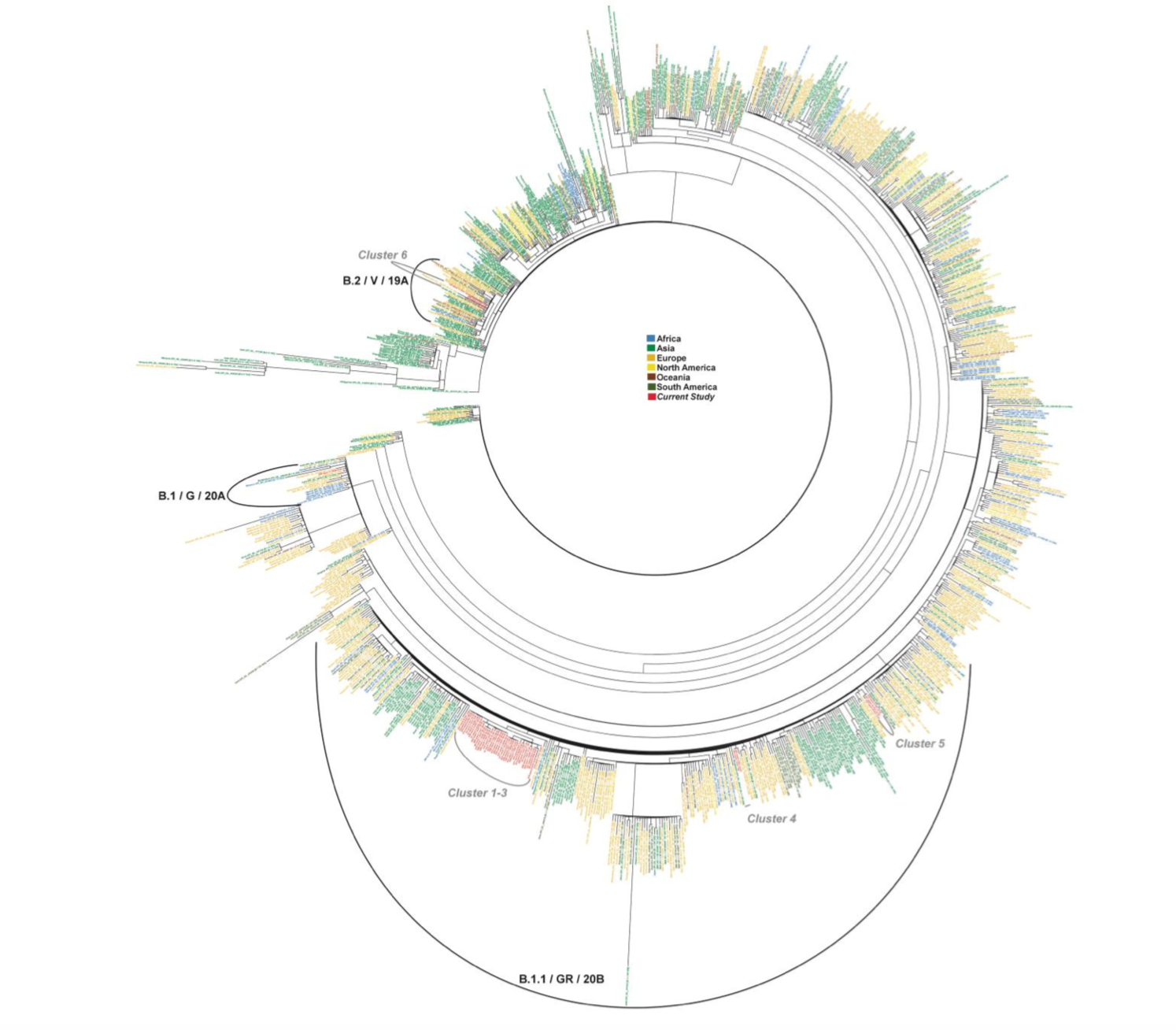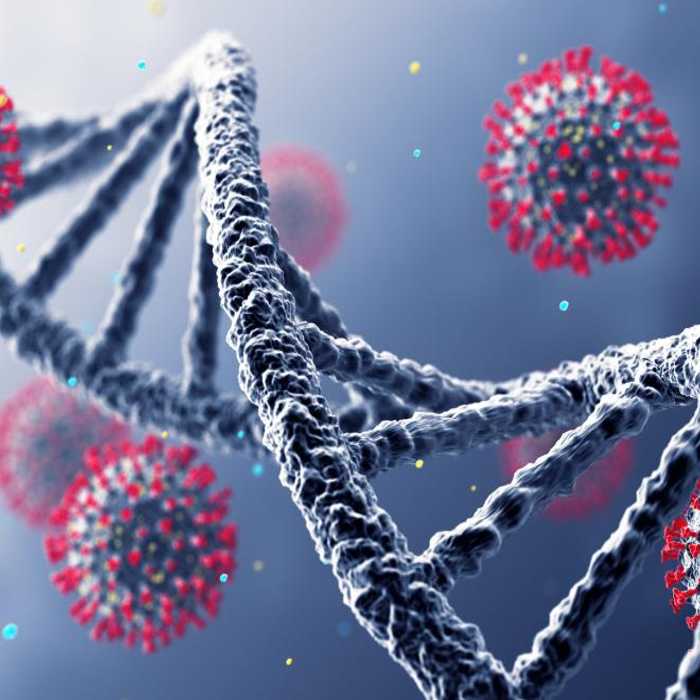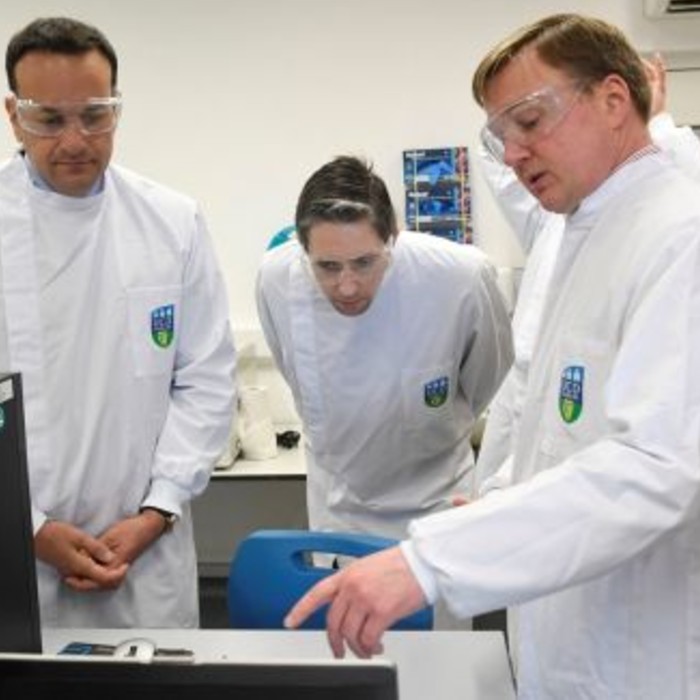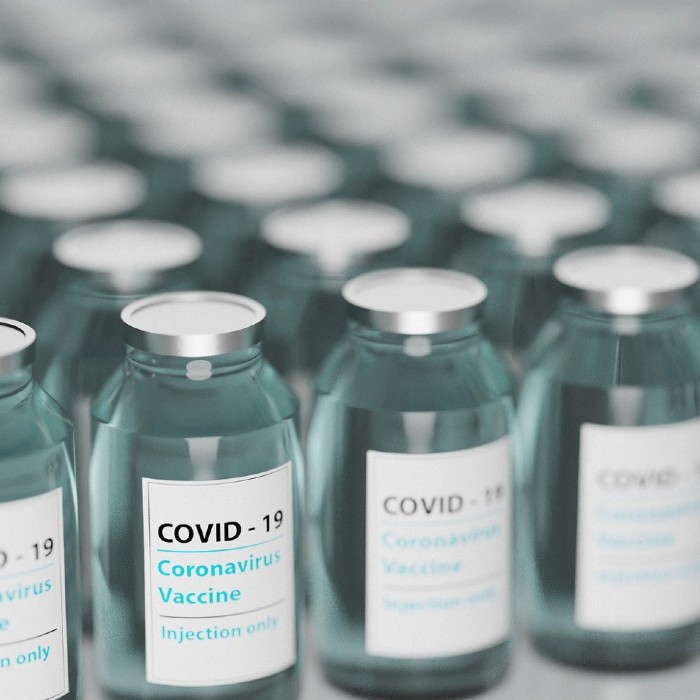UCD researchers demonstrate Covid-19 transmission occurs between healthcare staff and patients
Transmission routes of hospital-acquired Covid-19 also revealed
A team of researchers at UCD and St Vincent’s University Hospital, Dublin, investigated the virus isolated from patients who acquired Covid-19 in hospital during the first wave of the pandemic in March and April 2020. In turn, the research team clearly demonstrated the transmission of the virus among patients and healthcare workers in the hospital.
The researchers employed the most advanced sequencing technologies to characterise 52 complete genomes of SARS-CoV-2 isolated from patients and healthcare workers, and taking advantage of the mutation rate of the virus, they revealed also the time-dependent relation of the viruses isolated in different wards. This study was published on 19 Sept in the journal Clinical Infectious Diseases and provides evidence that Covid-19 transmission can occur from presymptomatic or asymptomatic HCWs to patients.
Speaking about the findings from the study, lead author, Prof Kirsten Schaffer, Clinical Professor at UCD School of Medicine and Consultant Microbiologist at SVUH, said: “During the first wave of the Covid-19 pandemic in March and April 2020 in Ireland, outbreaks of the virus in healthcare institutions posed a significant problem. So in this study we used genome sequencing of the SARS-CoV-2 genome to learn about the transmission routes of the virus in hospital-acquired cases of Covid-19 and to decide on the appropriate infection control measures to prevent this from happening.
“Viral genome sequencing identified previously unknown transmission routes and provides evidence that SARS-CoV-2 transmission can occur from presymptomatic or asymptomatic healthcare workers to patients generally by close contact or droplet rather than aerosol.”
The study also highlighted that the following interventions are required:
- Comprehensive screening of HCWs for Covid-19 symptoms
- PCR testing (to detect the presence of the virus, rather than the presence of the body's immune response, or antibodies) of asymptomatic HCWs upon identification of hospital acquired cases
- Implementation of universal use of surgical masks for all clinical care is indicated to prevent and break the chain of viral transmission
- Close collaboration between guidance bodies and frontline Infection Prevention and Control (IPC) experts for developing control measures in an emergency pandemic situation caused by a virus with undefined modes of transmission
Also speaking on the findings from the study, co-author Dr Guerrino Macori, research scientist and bioinformatician at UCD School of Public Health, Physiotherapy and Sports Science said: “Whole Genome Sequencing allowed us to have a clear picture of the genetic material of the virus and to describe the route of transmission. We have been using these cutting edge approaches to study food-borne outbreaks caused both by bacteria (for example Salmonella and enterotoxigenic Staphylococcus aureus) and also viruses such as Hepatitis A Virus and Norovirus with the aim of promptly identifying the cause of infection and guarantee public health.”
See the full paper Clinical Infectious Diseases, ciaa1433, https://doi.org/10.1093/cid/ciaa1433.
Figure: HA outbreak and global SARS-CoV-2 sequences. Phylogenetic tree representing 1,000 sequences collected from GISAID/NextStrain globally. The figure shows the distribution of the Irish clusters (in red) presented in this study in the context of the global genomes available. Results of Whole-viral-Genomes sequenced in this study are displayed in this Phylogenetic tree, which includes all the strains worldwide-sequenced at the moment of the analysis (June 2020) and retrieved from Gisaid. The six clusters related to the Irish nosocomial cases are presented in red. The cases clustered in distinct areas of the phylogenetic tree suggesting a diverse genetic origin of the virus



